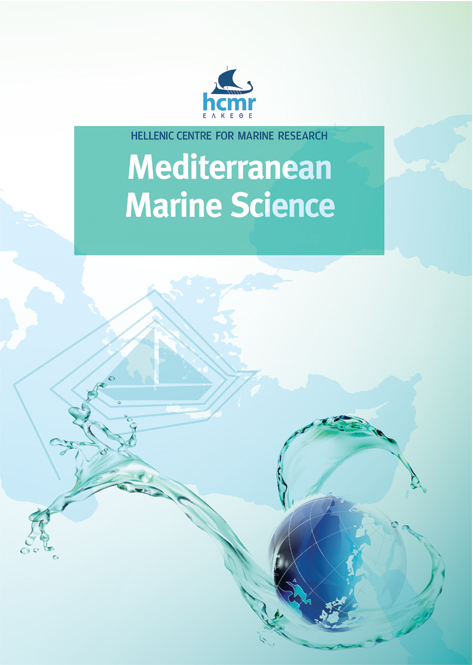The Atlantic–Mediterranean ecological connection: a study on decapod larval communities

Abstract
Larval dispersal mechanisms, although significantly studied, are far from being completely resolved. Local studies are needed to clarify key interactions between individual life cycles and transport processes. The Atlantic-Mediterranean connection through the Strait of Gibraltar is a particularly important area to explore these processes, as a hotspot for detecting species fluxes and/or invasions between several Large Marine Ecosystems. However, the area dynamics and the mechanisms used by larvae to cope with the system hydrological conditions are scantly explored.
Summer data on decapod larvae and ocean water masses from an extended area of the southern Portugal, Gulf of Cadiz, Strait of Gibraltar and Alboran Sea were analyzed, and the larval assemblages and their potential retention/dispersal mechanisms were explored. Different larval assemblages were linked to the hydrological conditions of each basin. Shelf width differences and its influence in along/cross-shore transport were the main drivers of decapod distribution, acting as biological barriers. Larvae of mesopelagic species dominated the northern Alboran Sea innershelf, highly influenced by offshore currents. Here, nearshore processes were limited to surface waters, while in the Gulf they extended more deeply and to the outer shelf. Results on species ecological traits can easily be applied to oceanographically similar areas of world coastal regions and could be used for further development of ecological modelling studies.
Article Details
- How to Cite
-
PIRES, R. F., PAN, M., CATALÁN, I. A., PRIETO, L., SANTOS, M. P. P., FARIA, C., FERREIRA, S., & SANTOS, A. D. (2018). The Atlantic–Mediterranean ecological connection: a study on decapod larval communities. Mediterranean Marine Science, 19(3), 477–490. https://doi.org/10.12681/mms.2006
- Issue
- Vol. 19 No. 3 (2018)
- Section
- Research Article
Authors who publish with this journal agree to the following terms:
- Authors retain copyright and grant the journal right of first publication with the work simultaneously licensed under a Creative Commons Attribution Non-Commercial License that allows others to share the work with an acknowledgement of the work's authorship and initial publication in this journal.
- Authors are able to enter into separate, additional contractual arrangements for the non-exclusive distribution of the journal's published version of the work (e.g. post it to an institutional repository or publish it in a book), with an acknowledgement of its initial publication in this journal.
- Authors are permitted and encouraged to post their work online (preferably in institutional repositories or on their website) prior to and during the submission process, as it can lead to productive exchanges, as well as earlier and greater citation of published work (See The Effect of Open Access).




